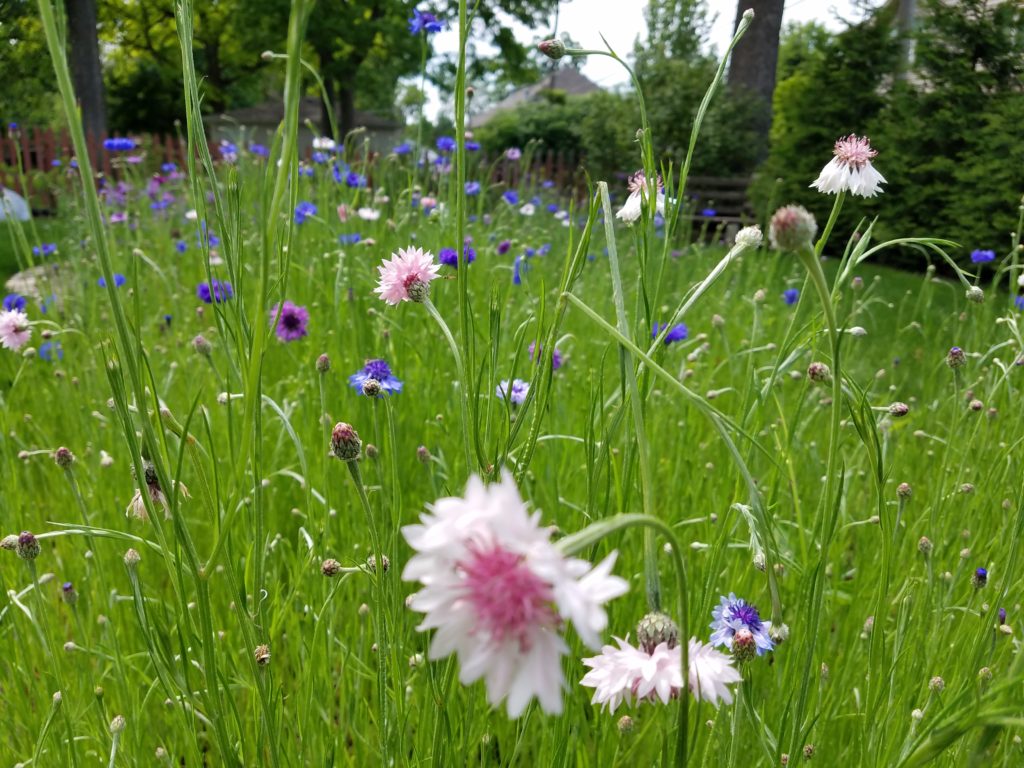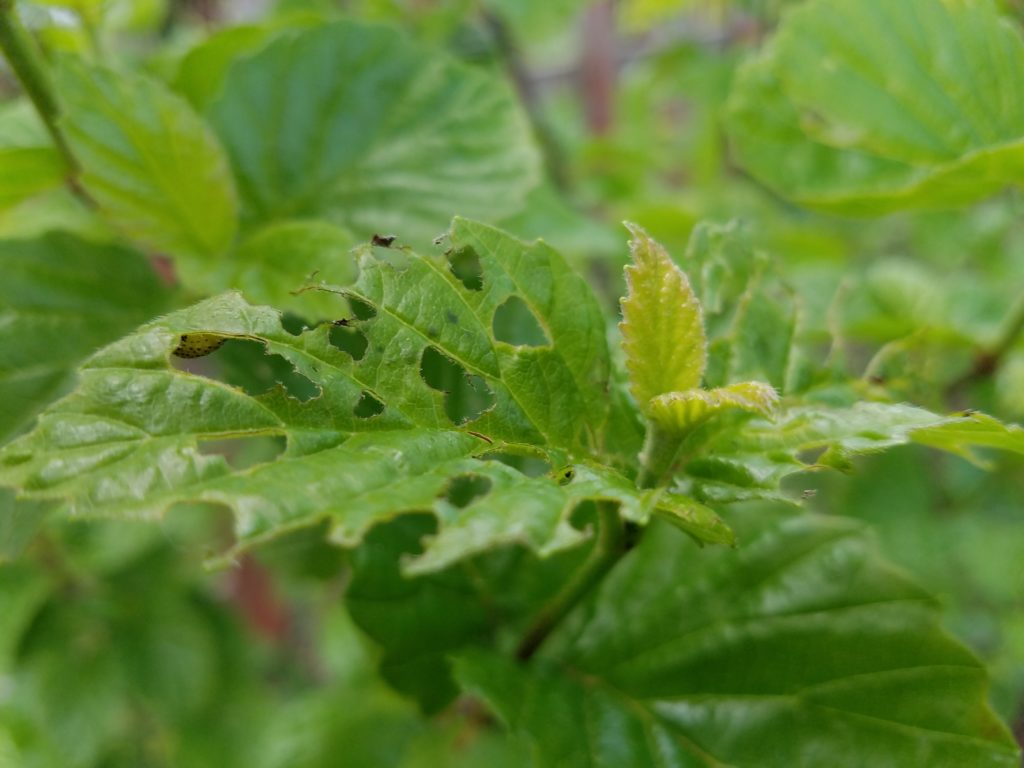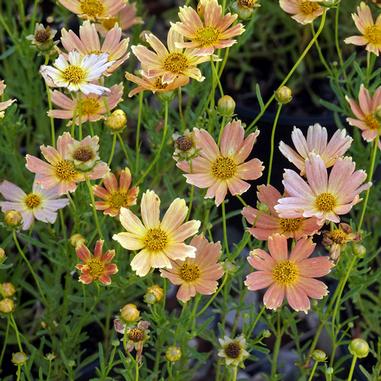
June paints the landscape in flowers and foliage while she orchestrates a symphony in bird and bug song. The long-awaited masterpiece of Summer has finally come to fruition, and as we bask in the artful glow, a few spoilers have made themselves apparent.

Garden pests. Every garden has them. Good bugs and bad bugs. But when the balance starts to tip in favor of the bad bugs, we must take action. Below is a list of the more common pests, their destructive tendencies, and what can be done to curtail their behavior:
Aphids:
Teeny-tiny pear-shaped bugs live of a plant’s sap. In return, they excrete honeydew, a sugary syrup, which in turn attracts more insects, like ants, and can leave the plant susceptible to mold. Foliage may begin to curl, look distorted, moldy or begin to drop. A hose can be used to knock the aphids off the plants, and some believe dousing them in dishwater is effective. Insecticides can also be applied. To help prevent aphid infestations, plants can be sprayed before they bloom and again at the end of the season.
Plant Bug:
Yes, a very generic name for a very real pest. Green or brown mottled bugs feast on plant juices causing leaf distortion, wilting or stunting. Look to insecticides for control.
Scale:
Males are tiny, flying bugs while the females masquerade as bumps on leaves or stems. Like aphids, they too live on plant sap while secreting honeydew, which can attract other insects and lead to sooty mold. Plants may weaken, leaves may yellow or drop. Insecticides should be applied, and in some extreme cases, the plant may have to be destroyed.
Spider Mite:
Tiny, oval-shaped, reddish-brown or sometimes pale colored spiders suck up plant fluids by piercing the leaves’ tissue. Damage shows up as light-colored dots on the foliage followed by yellowing and eventually leaf drop. Large colonies can sometimes be spotted by their delicate webs. Insecticides should also be applied.
Sawfly:
Similar in appearance to wasps, Sawflies have a saw-like appendage that females use to deposit their eggs onto upper leaf surfaces. The larvae are the most destructive as their feeding causes harm in various ways. Holes in foliage may be visible or even worse the entire tissue of the leaf between veins is completely obliterated. A large-scale infestation can kill a full-grown, mature tree. Insecticides should be applied.
Evergreen Bagworms:
In Spring, the bagworm’s larvae leave the silken bag on delicate strands, that can be carried by the wind from plant to plant. The larvae feed on needles, and damage is usually noticed in June to late July/early August. Infestations can sometimes go unnoticed as the silken bags often resemble small pinecones. Insecticides should be applied in May/early June when the larvae are small and just emerging from the bag. In Winter, bags can be manually removed.
If you notice any of the above pests or their respective damage, reach out to Sweeney’s immediately. In addition to insecticides, Sweeney’s can help regain balance by introducing or attracting more good bugs with proper plant selections.
Plant of the Week

Crème Caramel Coreopsis
Small, daisy-shaped flowers tinted in shades of terra-cotta, peach, caramel, and copper that deepen to a rich orangey-red as temperatures get cooler bloom June – October amongst delicate, green foliage. Prefers full sun and moist, well-drained soil. Grows 12-18″ tall and 18-24″ wide. Attracts butterflies and the beneficial Lacewing, which eat aphids, scales, thrips, and mealybugs.
“Large flocks of butterflies, all kinds of happy insects, seem to be in a perfect fever of joy and sportive gladness.”
– John Muir
Best wishes,
Kim Sweeney
